Music is a big part of our lives. My grandfather was a professional musician and my daughter loves to play piano.
And music is a fun way to gain insight into other societies. As part of my study of history, I delved into how music reflects culture. So, as part of our Me on the Map week, we enjoyed traditional music from around the globe!
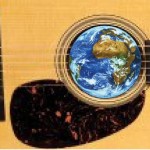
Since this (history and culture through the lens of art) is my “thing”, we got really into this activity. Even if you just have ten minutes, though, you could just check out some songs on National Geographic’s World Music site or YouTube and get your groove on.
First, we checked out the map (that’s our LeapFrog Tag Map) and the kids took turns choosing countries:
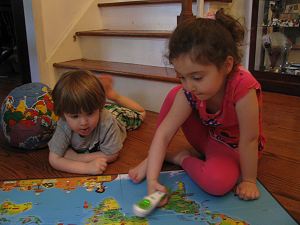
They chose Russia, Iran, China, Fiji, Brazil, Mexico, Australia, and Spain.
Then, we watched a few videos of traditional music from those countries. It quickly became clear that my daughter was very interested in the dancing and the costuming so I switched my focus from instruments and music to dance. While we watched and listened, I asked some of these questions (just a couple per video):
- What do you notice about the music? Is the tempo fast or slow? Does it sound happy or sad?
- What types of instruments are they playing? (and I introduced some of the traditional instruments)
- What costumes are the dancers wearing? What do the costumes do to the shape of the dancers’ bodies? How do the costumes move?
- What, if any, props are the dancers using?
- What part of their bodies are the dancers moving?
- In what ways are the dancers moving? (spinning, leaping, slow, fast, sharp, fluid, etc.)
After that, we grabbed some of our homemade instruments and headed outside to listen to some of our favorites and dance!
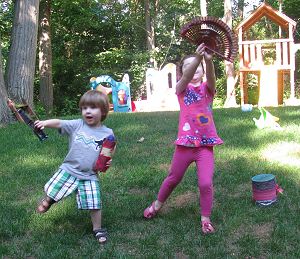
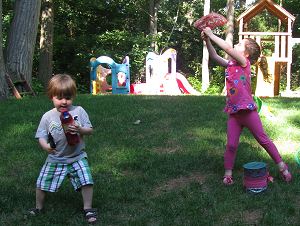
Finally, I asked the kids which music and dances were their favorites. My daughter liked Brazilian Samba and the Chinese fan dances. My son liked the Chinese Dragon Dances and the Australian Aboriginal Didgeridoo.
Here’s my daughter’s journal entry and a Samba Dance picture:
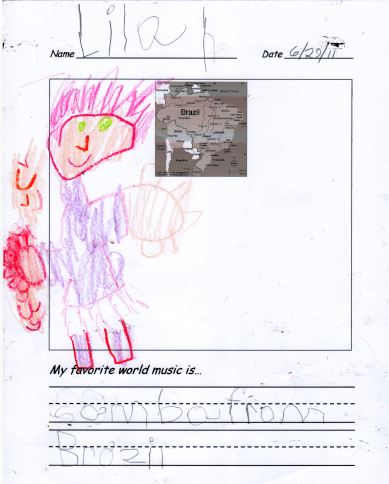
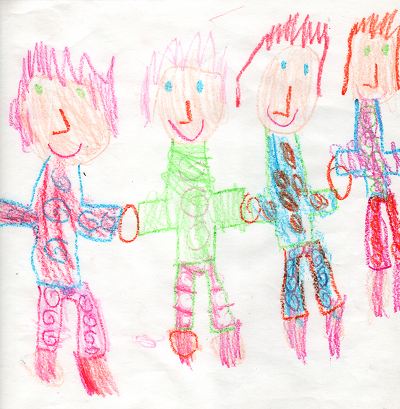
Extend the Learning:
- Music: Make your own instruments and play to the rhythm of the songs.
- Music: Go to a museum to see different types of instruments from other cultures. Go to a live music performance and identify the instruments they are playing. Visit a music store to see the instruments up close.
- Music (Ages 8+): Learn about different scales and modes and how they influence various world music styles.
- History and Culture (Ages 8+): Choose a favorite style of non-Western music and learn about how and why the music is performed. Is it part of a religious, military, or other tradition?
- History and Culture: Who performs the music? Are there dances performed to the music? What costumes do the dancers wear? What special meaning do the costumes have?
This post is part of the Smart Summer Challenge. Check out our family’s plans for Week 1: Me on the Map, find out more about the Smart Summer Challenge and grab our free calendar of summer learning ideas, and “like” the Smart Summer Challenge page on Facebook.
Find more great ideas from your hostesses, Candace of Naturally Educational (that’s me!), Amy of TeachMama.com, and MaryLea of Pink and Green Mama!
Don’t forget to come back on Friday, July 1, for the weekly link-up to share YOUR posts and enter to win PRIZES!
.

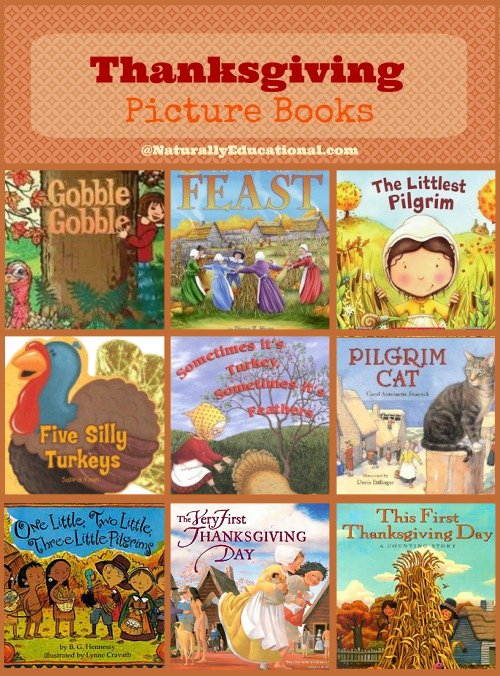
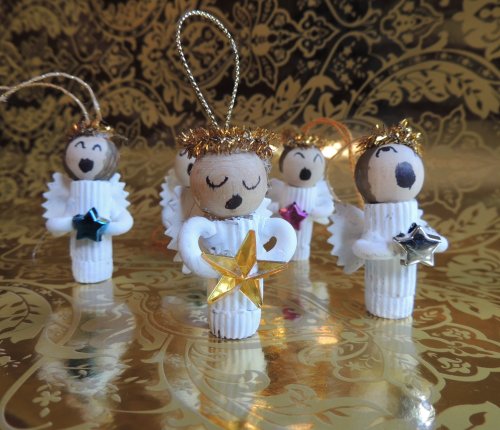
I truly love World music. When we lived in China, I developed a real interest in many traditional chinese instruments. I even went on a talent show and sang a song in Chinese! What blew me away was the young age of some of the contestants and the amazing ability and poise they showed. I think your idea is a wonderful way to give your children little tastes of other cultures.